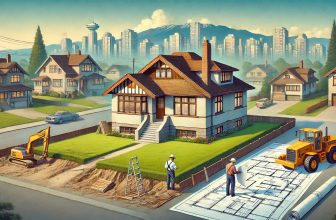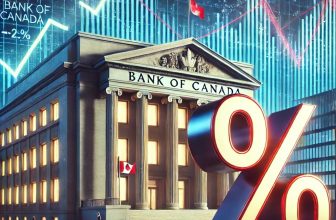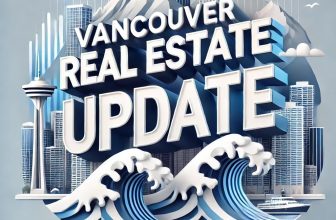(September 10, 2022)
Since January 2022, Canada’s Prime Rate has increased from 2.45% to 5.45% (as of today, September 10, 2022). And according to many sources, the Bank of Canada is apparently not done as they have hinted of further increases to round out the year. Two additional announcement dates remain for 2022; October 26, and December 7. What does this all mean to Canada’s fixed payment variable rate mortgage holders? And what about all this talk about trigger rates and trigger points?
If you have an adjustable rate mortgage, you have been feeling these changes in real time and have experienced several payment adjustments already. But what if you have a fixed/static payment variable mortgage? These are variable rate mortgages that include a feature where your payment remains the same, even when prime rate increases. Unfortunately, the fixed/static payment feature is only in effect to an extent. Once the interest component of your mortgage payment becomes your entire mortgage payment, the lender will notify you to declare that you have reached your trigger rate. It is at this stage where you will be presented with options on how to maintain your mortgage going forward.
Depending on your equity position, some lenders will allow you to stay the course and do nothing. This would keep your payment the same, but simply tack on any shortfall from your original mortgage payment to your existing mortgage balance. This would only continue until your mortgage balance increases back to its original balance when you started the mortgage. Once you arrive to this point, the lender then declares that you have reached your trigger point at which time you will be advised to proceed in one (or more) of the following ways:
- make a lump sum payment towards your mortgage, or
- consider converting to a fixed rate mortgage, or
- increase your payment to (at least) maintain the interest carrying costs of your mortgage, and continue to do so for any further rate increases, or
- increase your payment to maintain your existing amortization, or
- change course entirely and refinance your mortgage to reset your amortization to the maximum allowable 30 year limit
It is worth mentioning that you do not have to wait until you reach your trigger point to consider or implement any of the suggestions above. In fact, it is strongly advised to proceed with one of the options above as soon as you are aware that you have reached your trigger rate (rather than waiting until you reach your trigger point).
If you have a static payment variable rate mortgage, you should be able to find the trigger rate on your mortgage contract that you signed when you initially completed the mortgage. If you cannot find the trigger rate or are unsure, here’s a formula that will help estimate what it might be (**this is not 100% accurate, inquire directly with your lender or mortgage broker to find out your precise trigger rate):
Trigger Rate = (Payment Amount X Number of Payments per year) / Balance Owing
**then multiple the answer by 100 to get your trigger rate in percentage form
If you are confused, worried, or wondering what to do next, call Marko Gelo right now (604-800-9593 cell/text), or Click Here to schedule a call at your convenience.
RELATED ARTICLES:
The Secret to Renewing your mortgage
How to get the lowest possible mortgage payment
Contact Marko, he’s a Mortgage Broker!
604-800-9593 cell/text/WhatsApp | Vancouver (Click Here to schedule a call with Marko!)
403-606-3751 cell only | Calgary (Click Here to schedule a call with Marko!)
Email Me: gelo.m@mortgagecentre.com
@markogelo (Twitter)





